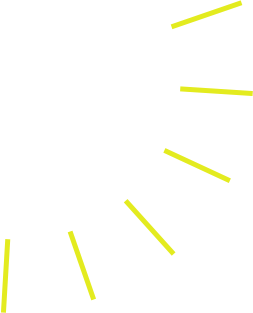Lower back pain is one of the most common complaints among adults — especially as we age. While there are many reasons for lower back pain, one of the reasons has to do with your lower spine or lumbar curve.
“What happens with a lot of folks is that they’ve lost that lumbar curve,” says Donna, MYX trainer and yoga expert, referring to the inward curve of the lumbar spine (just above your butt). “Often, people who have lost that curve appear to have an almost completely flat back, which can create pain”
People lose this curve for a variety of reasons, but one that is preventable is as a result of extended periods of sitting with poor posture. As the spine loses the correct curvature, Donna explains, people start to lean forward. At first, this is a subtle change, but over time, they lean forward more and more. Their spine tries to compensate for this imbalance by tilting the pelvis forward. This position leads to increased flexion of their hip joints, knees hyperextending, and, as a result, puts increased pressure on their feet. Ultimately, this poor posture leads to muscle fatigue, an increased risk of falls, and lower back pain. But a stronger core can help you avoid all of this.
Build a strong core
Developing a strong core makes you less likely to have back injuries and teaches you proper spinal alignment. For a healthy body, every workout routine should include exercises to strengthen your core, including your abdominal and oblique muscles. Your core supports the entire weight of your body. For core exercises for women, Donna recommends multi-joint exercises that can incorporate free weights to load the spine, instead of doing crunches. But you don’t need weights to work your core. “I like side planks in particular for working on the obliques and getting them toned and strong,” says Donna.
Choose neutral good
Donna recommends yoga poses to counter the forward movements that can lead to back pain and help you achieve “anatomical neutrality.” This neutrality keeps your joints vertically aligned and maintains the natural curve of your spine, she explains. “Yoga can help shift your spine back to its natural curve because most poses are focused on maintaining a neutral position in your pelvic area.”
“One exercise to help lower back pain is a gentle backbend called a locust pose in yoga, which is lying on your stomach and lifting your body so your back is arched.” She also likes the chair pose, which is a standing yoga movement that can be done against a wall. Donna tells her students to put their hand at their lower back so they can feel the space between their back and the wall, showing that the spine is curved properly.
Donna encourages women to strengthen their pelvic floor with Kegel exercises to also help with lower back pain. Pelvic floor dysfunction can occur if pelvic muscles or ligaments become weak, too tight, or damaged through injury. More common in women, this condition can lead to back pain and other issues such as bladder leakage.
By following Donna’s suggestions for building a stronger core you can conquer your aching back. We’d love to hear how well they work for you.


